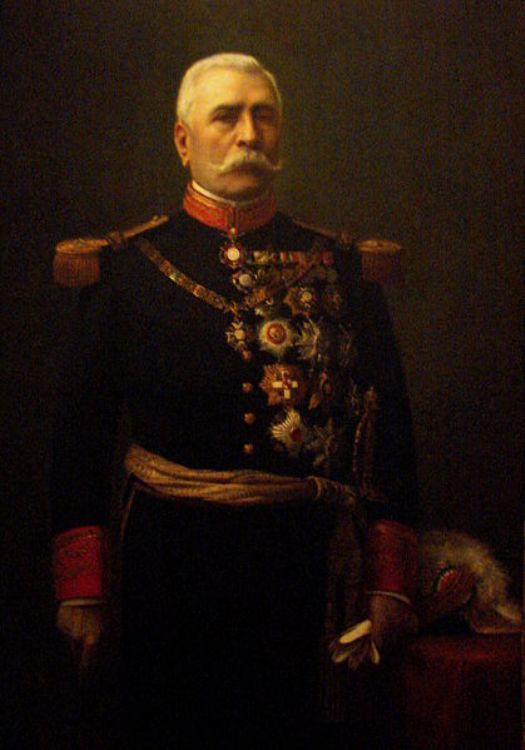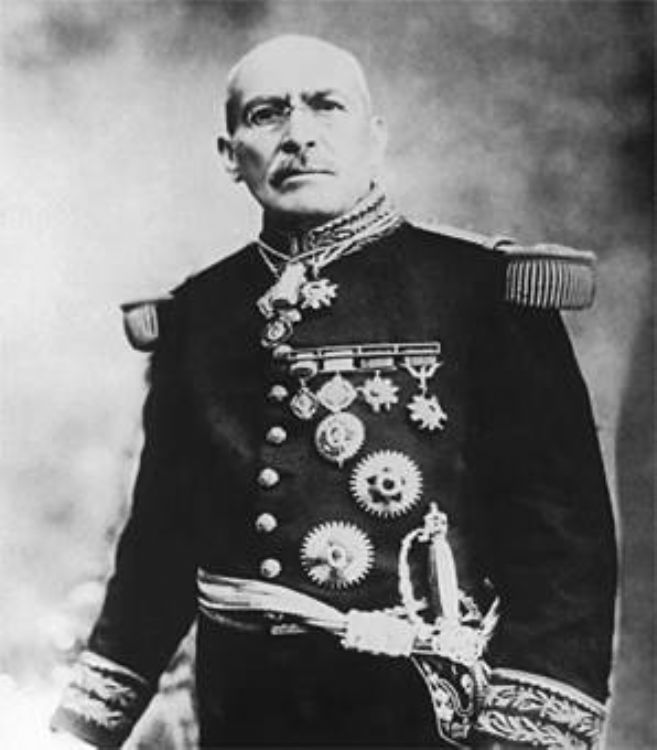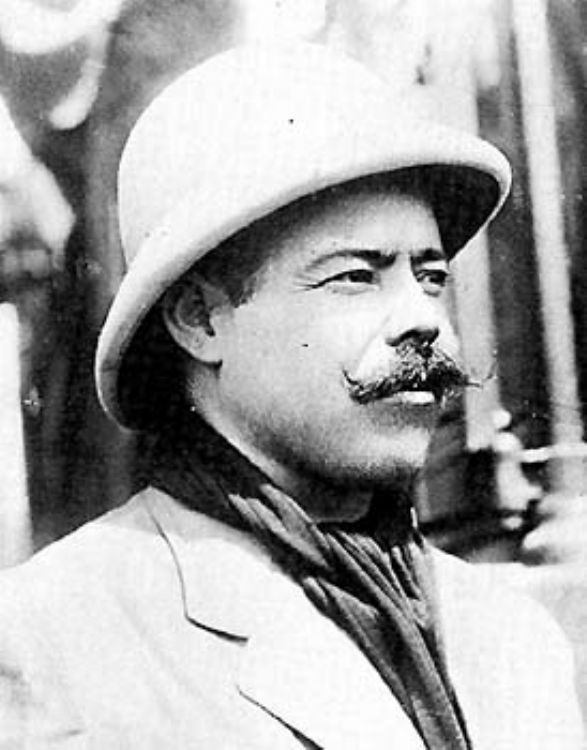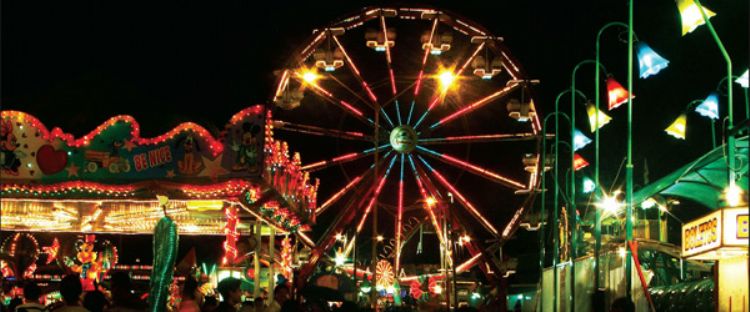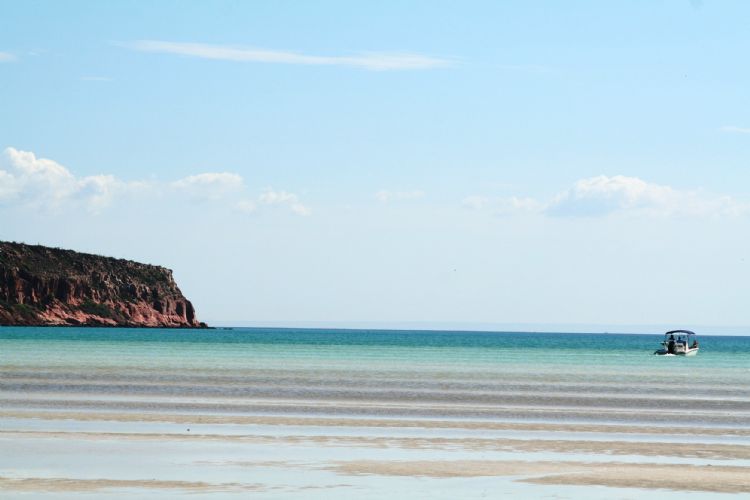Charreria
.jpg)
The word Charro identifies Mexicoâs traditional horse rider, from the arab root âhawshâ used to designate those who handle animals. Charreria is a competitive and regulated activity, based on the equestrian practices developed during the Colonial era and Mexican Revolution.
During the viceroyalty of New Spain, Indians were banned from riding or owning horses, but farming required riders, so mestizos were granted special permits, although they had to use clothes and saddles different from the Spaniards, in order to identify them. Wealthy landowners and aristocrats wore suits that displayed their fortunes, while employed riders decorated their suits with fibers and suede. This created a special equestrian style, adapting Spanish grace to the soil, material and distinctive Mexican traits.
During the government of Benito Juarez, the first âRural Bodyâ was created to help the army and chase robbers. They were known for protecting the towns and were experienced riders whose main weapon was the rope.
Charreria as art originated in the States of Jalisco, Mexico and Hidalgo and had a great boom around 1930, after the migration of farmers to Mexico City; building Lienzos Charros within the great cities to continue practicing.
After the Mexican Revolution, Charreria formed as a sport to exhibit equestrian skills, it became registered in the National Sports Commission and is practiced in lienzos charros, facilities designed for its practice that include stables, a bullring and stands. All charro association are dutifully registered in the Mexican Charreria Federation, which controls the rules of this great sport and organizes the National Charreria Congress every year, where the best teams compete to win the prestigious award.
The official stance in the early 20th century established charros as the Mexican archetype, for which its outfit is now identified worldwide and charreria is the national sport, even though most Mexicans donât know the aspects of this artistic and sports exhibit. The most emblematic charros in Mexican films are Jorge Negrete, known as the Charro Cantor, Pedro Infante and Antonio Aguilar.
Some of the slang used in Mexico derived from this sport; for example, the word âlanaâ (wool) is used as a synonym of money because only the wealthy upper classes in the estates could afford to wear riding suits made of this fiber. The expression âse montó en su caballoâ (he got on his horse) means that person refused to give up and the order âpícaleâ refers to digging the spurs on the horse, as in to run faster.
The regulated charro outfit must be made with wool and/or suede and includes pants, jacket, boots and bow tie. The sombrero or hat is made of felt or palm and protects from the sun and falls, thatâs the reason for its wide brim. Crucial for riding charro style is the rope, spurs and the famous suit.
Charros must dominate the regulated skills. The Cala de Caballo is a demonstration of domain over the horse and includes stopping the horse after riding it at full speed on a straight line, as well as making the horse turn on its own axis, supported only by one leg and then walking backwards. Piales consist of roping a mule from its hind legs, while riding, quickly tying the rope to the chair until it stops running. Coleadero consists of knocking down a bull, by only pulling it from its tail while riding.
The Bull Jineteo consists of mounting a bull until it stops. Terna takes three charros on horseback, while they rope a bull from the head and legs to knock it down. Manganas consists of a charro, riding or on foot, roping the muleâs legs. Paso de la Muerte is executed by passing from a horse to a brute mule or horse, at full speed and without a saddle, holding only to the mane until it stops and dismounting. Escaramuza Charra is performed by eight women who, while horseback riding, execute complex and brave choreographies.
Article Produced by the Editorial Team of Explorando Mexico.
Copyright Explorando Mexico. All Rights Reserved.
Photo: Getty Images.

